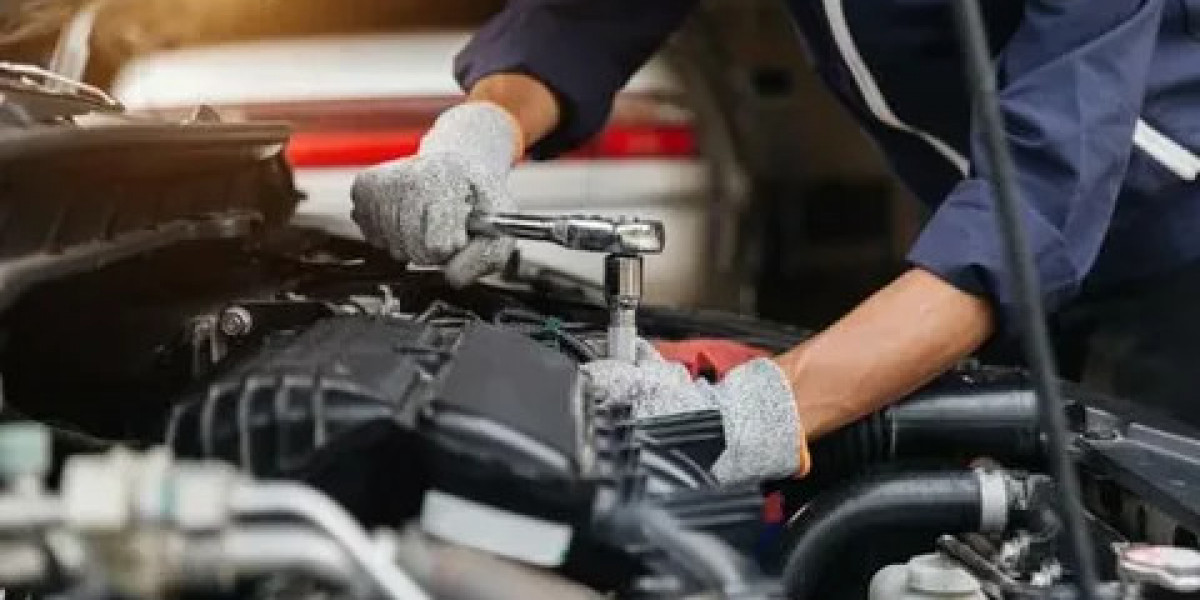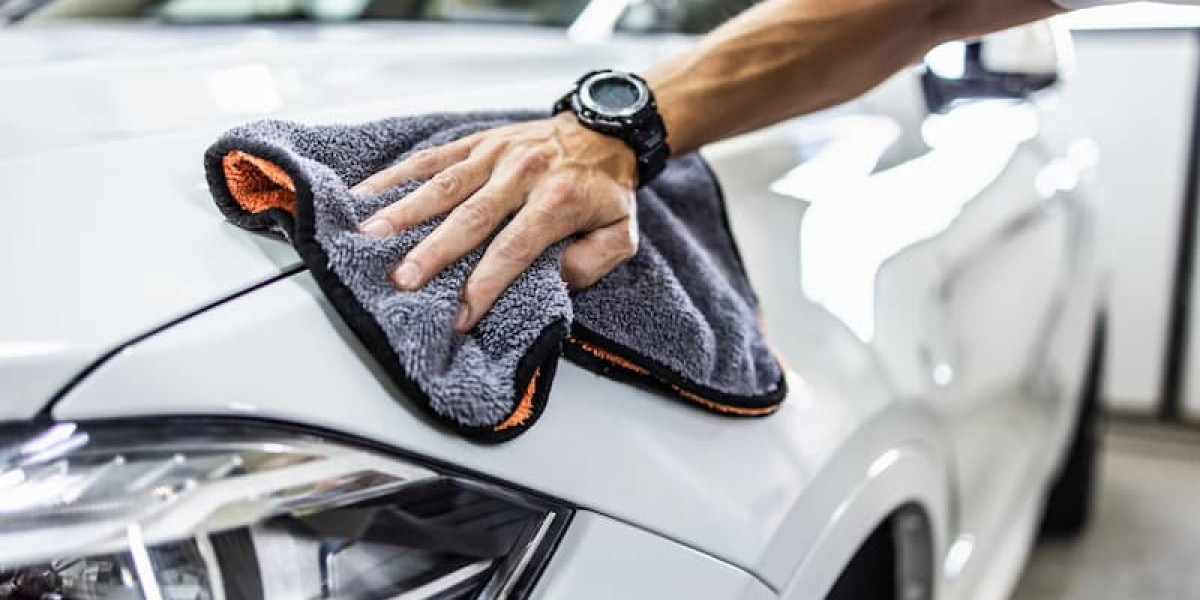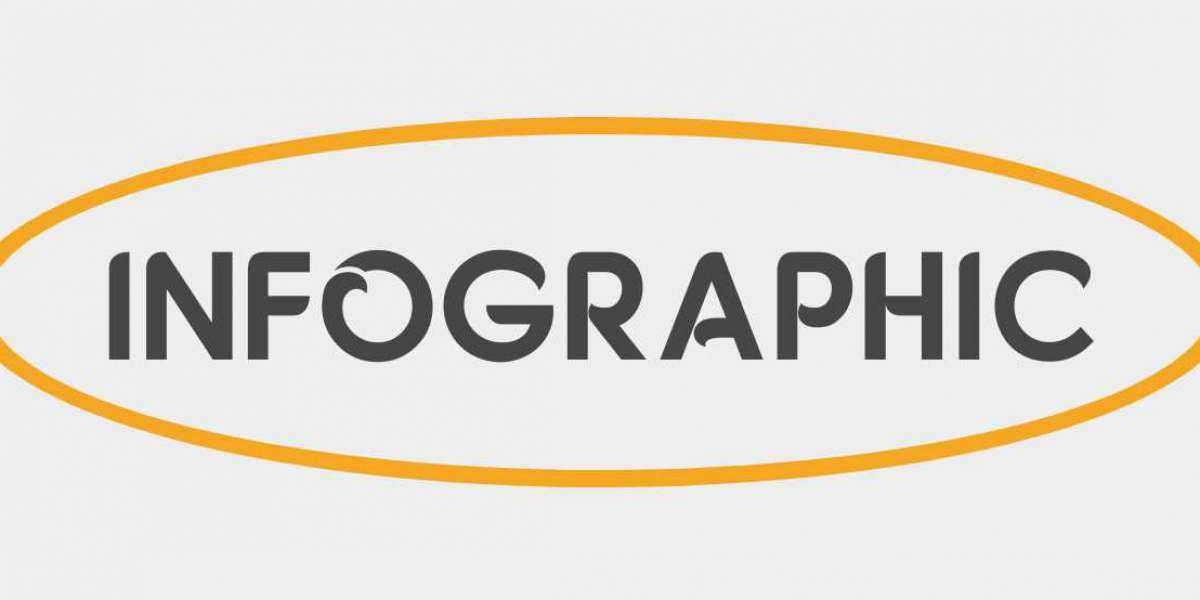Understanding the Unique Needs of Classic Cars
Classic cars auto repair—typically defined as vehicles 20 to 45 years old—require a different approach to repair than modern vehicles. Unlike newer cars equipped with computerized diagnostics and advanced electronics, classic models rely on mechanical components that may be obsolete or rare. Repairing and maintaining them necessitates specialized knowledge of vintage systems such as carburetors, drum brakes, and manual ignition timing.
Key Differences in Repair Approach:
Parts Availability: OEM parts for classic cars are often discontinued, requiring repair shops to source from specialty suppliers or fabricate custom components.
Techniques: Mechanics must use era-appropriate tools and techniques, preserving original design and functionality.
Documentation: Repair procedures may rely on original service manuals and historical data rather than digital diagnostics.
Common Classic Car Repairs and Challenges
Owning a classic car comes with unique challenges. Here are some common repairs and issues:
Engine Rebuilding
Many classic engines suffer from wear due to age, including piston ring damage, worn camshafts, and leaking gaskets. Rebuilding the engine restores performance and longevity while maintaining authenticity.
Electrical System Upgrades
Older cars often have fragile wiring, outdated alternators, or unreliable ignition systems. While purists may prefer original systems, upgrading to safer and more efficient electrical components is often recommended—especially for frequent drivers.
Brake System Restoration
Classic cars often use drum brakes or early disc brakes, which may lack modern stopping power. Restoring or upgrading braking systems improves safety while respecting the vehicle’s historical integrity.
Rust and Bodywork
Rust is a common and serious issue in vintage vehicles. Repairing rust requires expert bodywork, metal fabrication, and paint matching—often using hand-crafted panels to replace corroded parts.
Suspension and Steering
Worn bushings, shocks, and steering boxes can make classic cars difficult to handle. Restoring suspension systems ensures a smoother, safer ride.
Choosing a Trusted Classic Car Repair Specialist
Finding the right mechanic or shop is essential for quality restoration. Look for:
Expertise and Certifications: Choose a technician with experience in vintage models, preferably certified by organizations like the National Institute for Automotive Service Excellence (ASE).
Portfolio of Past Work: Reputable shops should offer before-and-after photos, testimonials, and case studies of past restorations.
Transparency and Communication: Good shops provide clear estimates, timelines, and explain their processes in detail.
Passion for Classic Cars: The best restorers are not just mechanics but enthusiasts who appreciate the vehicle’s history and design.
How to Maintain Your Classic Car Between Repairs
Routine maintenance can prevent costly repairs and keep your car running smoothly:
Store Properly: Keep your car in a dry, climate-controlled garage to prevent rust and wear.
Drive Regularly: Cars that sit idle deteriorate faster. Regular short drives keep seals lubricated and the battery charged.
Use Quality Fluids: Choose high-zinc motor oil for older engines and ensure fluids are topped off and clean.
Check for Leaks: Monitor for oil, coolant, or brake fluid leaks and address them promptly.
Preserving Value and Legacy
Classic car auto repair near me often appreciate in value, especially when restored with care and authenticity. Document all repairs and modifications, and keep detailed maintenance records. These not only preserve the car’s legacy but enhance its resale or collector value.
Trusted Sources and References
According to Hemmings Motor News and Hagerty, two leading authorities on classic vehicles, preservation and proper repair are essential to maintaining both value and performance. These sources offer comprehensive guides and databases for parts, services, and expert insights into specific vehicle makes and models.
Conclusion
Classic car auto repair is as much an art as it is a science. By partnering with knowledgeable specialists, using authentic techniques, and prioritizing meticulous care, enthusiasts can ensure their vintage vehicles continue to tell their stories for generations to come. Whether you’re restoring a showpiece or maintaining a weekend cruiser, remember: with the right approach, a classic never truly grows old.










